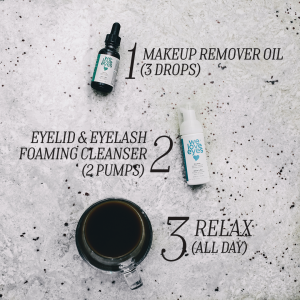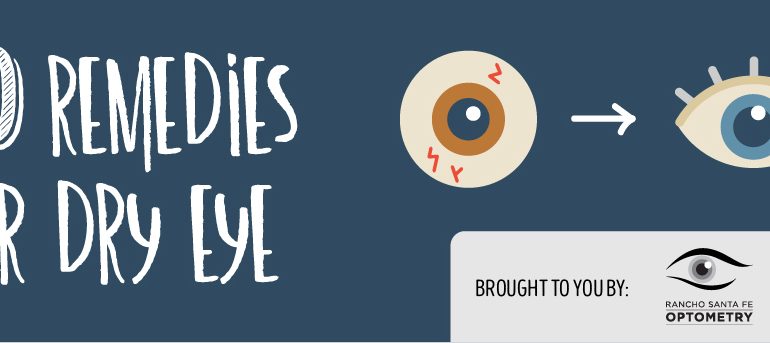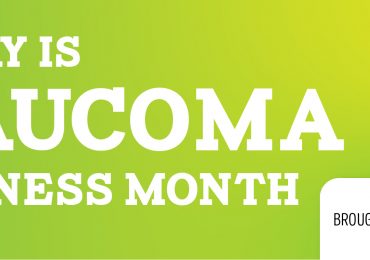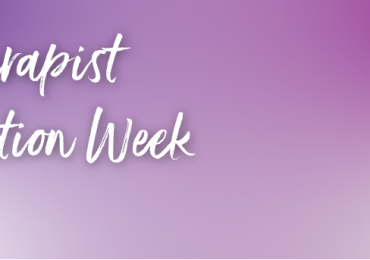Dry Eye is very common. Here are a few at home remedies you can try…
1 – Artificial Tears
There are many brands of artificial tears that are available without a prescription. The challenge with using artificial tears is not lack of product availability — it’s the confusing number of brands and formulations available to choose from.
Artificial tears and other over-the-counter (OTC) lubricating eye drops are available in a wide variety of ingredients and viscosity (“thickness”).
Artificial tears with low viscosity are “light” and watery. They often provide quick relief with little or no blurring of your vision when you apply them. But often their soothing effect is very short-lived, and sometimes you must use these drops very frequently to get adequate dry eye relief.
On the other hand, artificial tears that have a high viscosity are more gel-like and can provide longer-lasting lubrication. But typically these drops cause significant blurring of your vision for several minutes immediately after you apply them. For this reason, these drops often are not a good choice for use during your work day or when you need immediate clear vision for tasks such as driving. Instead, high-viscosity artificial tears are recommended only for bedtime use.
Also, the ingredients in certain brands of artificial tears may determine which type of dry eye condition they are better suited for. For example, one brand might work better for aqueous-deficiency dry eyes, while another brand may be more effective for an evaporative dry eye condition.
If your eye doctor recommends that you use one or more brands or formulations of artificial tears, be sure to follow the directions he or she gives you concerning when and how often you use the drops. Also, do not substitute different brands from those your eye doctor recommends. Using a different brand or multiple brands of artificial tears will make it difficult to assess the success of the dry eye treatment your doctor recommended.
2 – Nutritional Supplements
Doctors sometimes recommend nutritional supplements as part of a dry eye treatment plan. Studies have found that supplements containing omega-3 fatty acids can decrease dry eye symptoms.
Good sources of omega-3s include cold-water fish such as salmon, sardines, herring and cod. For a vegetarian source of omega-3s, some eye doctors recommend flaxseed oil to relieve dry eye.
Drinking more water can help, too. Mild dehydration often makes dry eye problems worse. This is especially true during hot, dry and windy weather. Simply drinking more water sometimes reduces the symptoms of dry eye syndrome.
3 – Blink More Frequently
When using a computer, smartphone or other digital device, we tend to blink our eyes less frequently than normal, which can cause or worsen dry eye symptoms. Make a conscious effort to be aware of this, and blink more often when using these devices. Also, perform full blinks, gently squeezing your eyelids together to wash your eyes fully with a fresh layer of tears.
4 – Computer Breaks
A good rule of thumb here is to look away from your screen at least every 20 minutes and look at something that is at least 20 feet from your eyes for at least 20 seconds. Some eye care practitioners call this the “20-20-20 rule,” and abiding by it can help relieve both dry eyes and computer eye strain.
5 – Remove MakeUp Thoroughly
Eyeliner and other eye makeup can clog the openings of the meibomian glands at the base of the eyelashes, leading to meibomian gland dysfunction and evaporative dry eye. At the end of the day, be diligent about remove all traces of makeup from your lids and lashes. At Rancho Santa Fe Optometry we have a product that is vegan, gruelty, gluten & paraben free, totally non-toxic with all natural ingredients. Stop by our office and pick up your first round of We Love Eyes!

6 – Clean Eyelids
When washing your face before bedtime, gently wash your eyelids to remove bacteria that can cause blepharitis and meibomian gland problems that lead to dry eye symptoms. Apply a warm, moist washcloth to your closed lids for a minute or two. Then gently scrub your lids and lashes with a mild cleanser, such as diluted baby shampoo or premoistened eyelid wipes sold in drugstores.
7 – Wear Quality Sunglasses
When outdoors during the day, always wear sunglasses that block 100 percent of the sun’s UV rays. It’s best if they feature a wrap-style frame to protect your eyes from wind, dust and other irritants that can cause or worsen dry eye symptoms. 
8 – Prescription Eye Drops
If you’ve tried almost everything else on this list and nothing has worked for you, there have been recent advancements in medications for dry eye. Ask Dr. Weiss about the newest drops for Dry Eye to see if you’d qualify to try them.
9 – Discontinuing or Reducing CL Wear
If you wear contact lenses, it can be difficult to tell if an underlying dry eye condition is causing contact lens discomfort or if your contact lenses are causing dry eye symptoms. If you wear contacts, it’s often best to discontinue wearing them (or perhaps switch to daily disposable contact lenses for part-time wear only) while your dry eye treatment is in progress.
10 – Medication Adjustment
Many medicines — including antihistamines, antidepressants, birth control pills, certain blood pressure medications and more — can cause or worsen dry eye symptoms. Even over-the-counter (nonprescription) medications for allergies and other conditions can cause dry eyes.
Be sure to discuss all medications you are taking with your eye doctor if you are experiencing dry eye problems. In some cases, adjusting the type and number of medications you are taking may help reduce dry eye symptoms without causing adverse health effects.
However, never discontinue a prescription medication without first discussing the matter with your physician. If your eye doctor feels an adjustment to one of your medications may help relieve dry eye symptoms, he or she can discuss it with your physician (or have you discuss it with your doctor) to see if such a change is possible.
Do you think you have chronic dry eye that needs medical attention? Make an appointment today with our doctor.
Top Hot Spots in the US
The National Women’s Health Resource Center has named the top 100 dry eye hot spots in the United States based on information compiled from the National Oceanic and Atmospheric Administration’s Climatic Data Center and the Environmental Protection Agency. Factors used in the selection process included temperatures, humidity, wind, altitude, pollutants and ocular allergens.
The top 20 U.S. cities named as dry eye hot spots are:
Las Vegas, NV
Lubbock, TX
El Paso, TX
Midland/Odessa, TX
Dallas/Forth Worth, TX
Atlanta, GA
Salt Lake City, UT
Phoenix, AZ
Amarillo, TX
Honolulu, HI
Oklahoma, OK
Albuquerque, NM
Tucson, AZ
Norfolk, VA
Newark, NJ
Boston, MA
Denver, CO
Pittsburgh, PA
Bakersfield, CA
Wichita, KA
At Rancho Santa Fe Optometry we offer comprehensive eye examinations for all ages. With a focus on children’s vision and vision therapy, our doctors test for visual acuity, visual efficiency skills and visual information processing starting in early infancy. The practice also provides diagnosis, treatment and management of diseases that affect the human eye and visual system, including dry eye syndrome, diabetic retinopathy, cataracts, macular degeneration and keratoconus.


